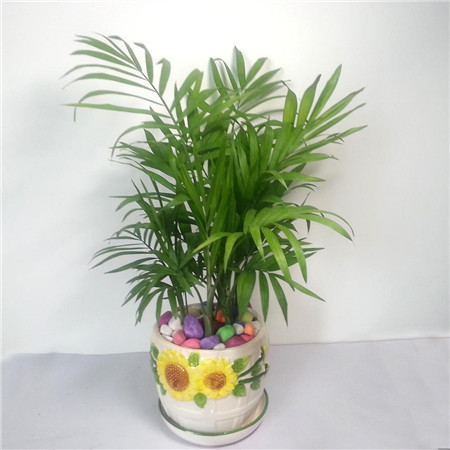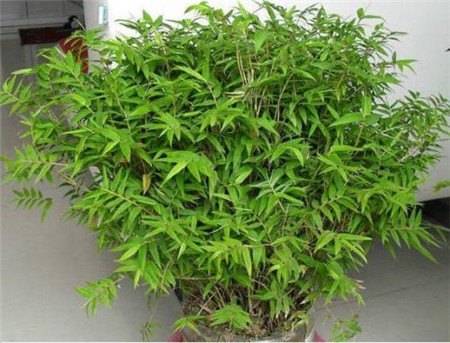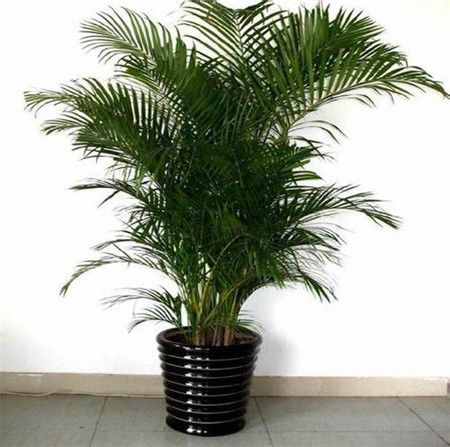Different from appearance
Hawaiian coconut belongs to palm family, with a plant height of 1 ~ 3 meters. The stem nodes are hollow, slender and segmented obviously. New buds grow from the stem without branches
Its leaves grow on the upper part of the rhizome, which is sparse, and there are no leaves on the lower part of the rhizome. The leaves are relatively slender, dark green and feathery. The leaves on a single branch are relatively few and the leaf spacing is large. The flowers are fleshy panicles, generally pink, growing on the upper part of the stem
Phyllostachys pubescens belongs to arboraceae, with a plant height of 3 ~ 6 meters. The stem node is hollow, long and thin, with many branches
Its leaves grow in the upper part of the rhizome, which is dense, and there are few leaves in the lower part of the rhizome. The leaves are long and narrow, linear, some even needle shaped, and the leaf color is green. There are many leaves on a single branch and the leaf spacing is small. The flowers are fleshy panicles, generally tender yellow

Different from growth habits
Hawaiian coconut likes the growth environment of high temperature and humidity. It has strong resistance to negative and is afraid of direct sunlight
It is suitable for survival at the temperature of 20 ℃ ~ 30 ℃. It has strong cold resistance and can overwinter at a temperature above 2 ℃
It has a large demand for water. In addition to normal watering, it also needs to sprinkle water around the plants to ensure a humid environment
It has high adaptability to soil and can adapt to different soils
Phoenix Tail Bamboo likes light and is slightly resistant to shade. It can't accept light for a long time, but it can't accept sunlight exposure
The temperature above 10 ℃ is not suitable for survival
It likes humidity but is afraid of ponding. Long-term ponding will cause plant root rot
It likes acidic and slightly acidic environment and is not easy to grow in alkaline soil

From the distribution range
Hawaiian coconut is native to Mexico and grows mainly in the tropics of South America. Now China's Taiwan province is also growing in quantity, becoming one of its main producing areas. p>
Phyllostachys pubescens is native to China and is now planted in batches in warmer areas in southern China
The above is the difference between the two plants. We can easily distinguish them


 jackfruit
jackfruit snake plant
snake plant hibiscus
hibiscus hydrangea
hydrangea lavender
lavender Green roses climb al...
Green roses climb al... If you don't pay att...
If you don't pay att... Management of four g...
Management of four g...
































